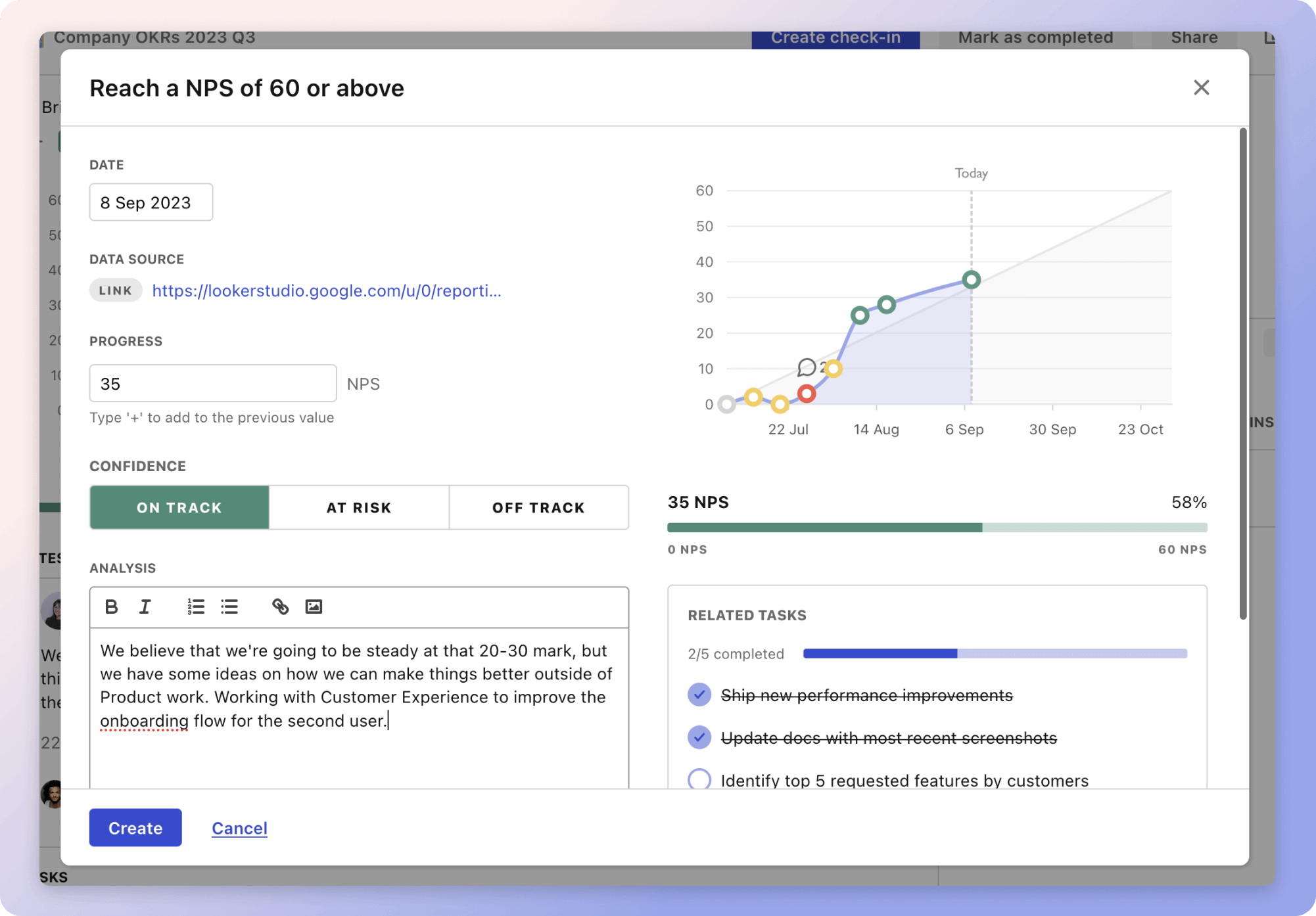The strategy centers on creating a product utilization team focused on increasing employee adoption of company products. The team is composed of key roles such as team leads and marketing experts, ensuring diverse expertise. For example, marketing experts can develop campaigns to highlight product benefits, while analysts track engagement metrics. Initial meetings define objectives and communication protocols, enhancing collaboration. The strategy involves meticulously planning resources, drafting role descriptions, and setting success metrics.
Next, an employee engagement program is designed to increase involvement. By segmenting employee groups and creating tailored communication strategies, the program addresses individual needs. Interactive materials, like webinars, provide education on product benefits. Feedback mechanisms and incentive structures are implemented to bolster engagement and utilization.
Lastly, a data-driven analytics approach is utilized to track and optimize product engagement. Tools analyze employee behavior and preferences, while real-time monitoring provides insights to adjust strategies promptly. For instance, recognizing which incentives lead to higher product uptake aids in refining future efforts. Sharing these insights with stakeholders ensures that updates remain relevant and aligned with company goals.
The strategies
⛳️ Strategy 1: Assemble a dedicated utilisation team
- Identify key roles needed within the team, such as a team lead, analysts, and marketing experts
- Draft role descriptions and responsibilities for each team member
- Recruit personnel from within the company or hire externally as necessary
- Hold initial team meeting to set expectations and objectives
- Establish communication protocols for the team and stakeholders
- Develop a resource plan including budget, tools, and technology needed for team operations
- Assign specific roles and responsibilities to each team member
- Create a team charter outlining goals, operations, and deliverables
- Set up a regular meeting schedule to ensure team alignment
- Define success metrics and reporting procedures to track progress
⛳️ Strategy 2: Design an employee engagement programme
- Research to understand the needs and preferences of group employees
- Segment the employee groups based on similar characteristics for targeted engagement
- Develop tailored communication strategies to explain benefits of available products
- Create interactive, educational materials and resources, such as webinars and workshops
- Set up feedback mechanisms for employees to ask questions and give input
- Implement incentive structures to encourage uptake of products
- Leverage internal communication channels to regularly update employees
- Schedule periodic training sessions for employees to better understand products
- Track employee interaction with engagement programmes to identify participation rates
- Adjust engagement strategies based on feedback and participation metrics
⛳️ Strategy 3: Implement a data-driven analytics approach
- Collect baseline data on current product utilisation among group employees
- Identify key data points and metrics for tracking product engagement
- Deploy analytic tools to gather and analyse employee behaviour regarding product choices
- Develop reports that summarise findings and insights for decision-making
- Share insights with relevant stakeholders to align on strategy updates
- Use data to tailor product offerings to meet employee preferences and needs
- Benchmark data against industry standards to identify areas for improvement
- Implement real-time monitoring to track changes in employee usage patterns
- Regularly update and refine data models for more accurate predictions
- Utilise insights to inform future marketing and development strategies
Bringing accountability to your strategy
It's one thing to have a plan, it's another to stick to it. We hope that the examples above will help you get started with your own strategy, but we also know that it's easy to get lost in the day-to-day effort.
That's why we built Tability: to help you track your progress, keep your team aligned, and make sure you're always moving in the right direction.

Give it a try and see how it can help you bring accountability to your strategy.
